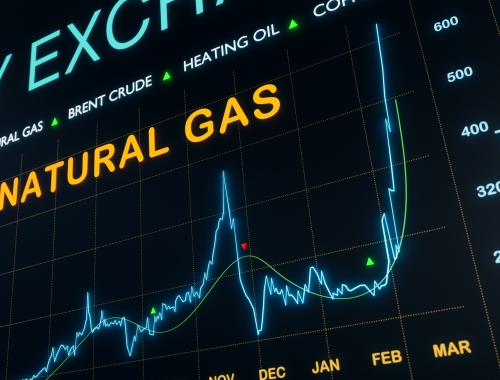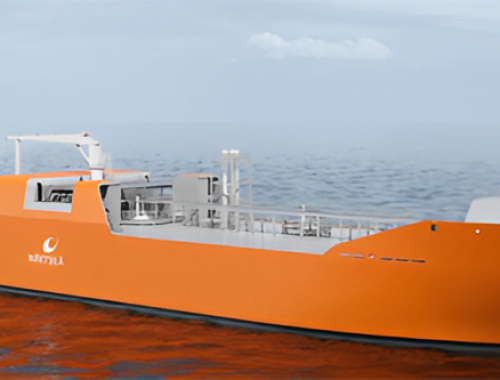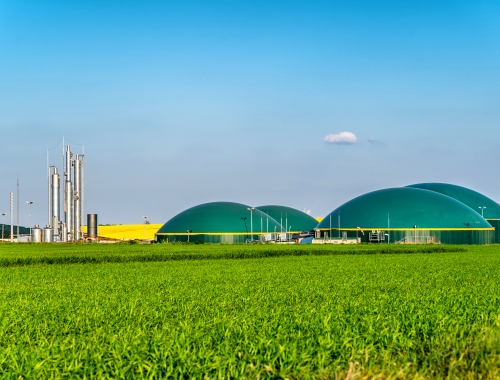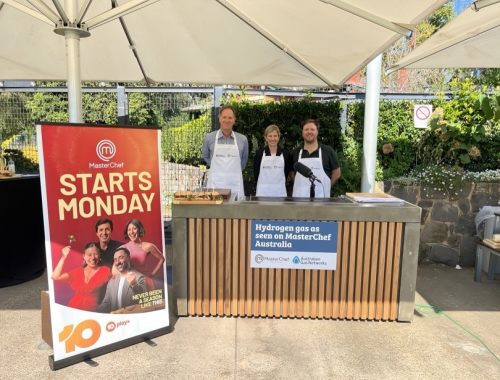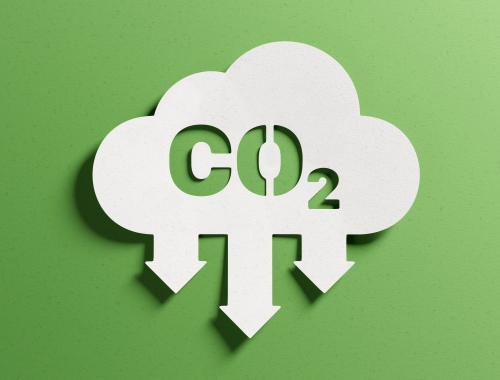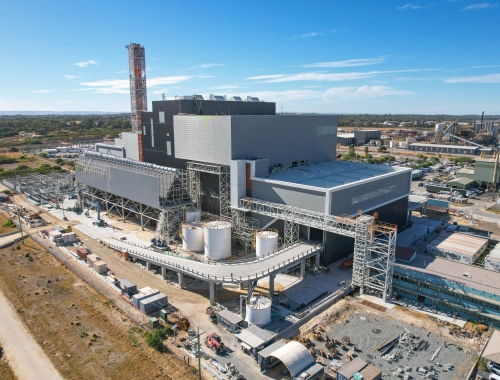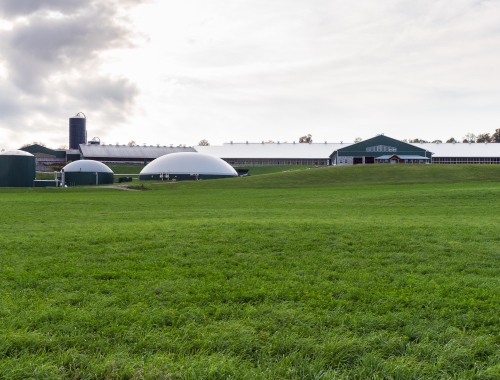Santos, Osaka Gas to produce e-methane from green hydrogen
SUMMARY
Santos said it is studying the potential to use its existing infrastructure position to generate, liquefy and export e-methane to Japan.
By Shardul SharmaPOSTED IN:
Santos Energy Solutions, a unit of Australia’s Santos, has signed an agreement with Osaka Gas for pre-front end engineering and design (pre-FEED) work on a demonstration scale project to produce carbon neutral e-methane from green hydrogen in Australia, Santos said on March 8.
Santos and Osaka Gas Australia, a unit of Osaka Gas, will commence pre-FEED, which will include renewable power and carbon capture infrastructure studies, site selection for e-methane and green hydrogen plants, optimisation of e-methane production efficiency and processes, and further detailed assessment of costs, schedules, feasibility, and risks.
"I believe it is increasingly clear gas will play a leading role in the transition to a decarbonised future, and Santos is excited to be progressing a new business opportunity that seeks to leverage our assets and capabilities to deliver a cleaner energy that will help create a better world for everyone," CEO Kevin Gallagher said.
"Decarbonising natural gas supports a long-term supply of reliable and affordable energy, as well as the production of cleaner fuels such as e-methane. The advantage of e-methane is that it overcomes the challenges associated with the transport and export of hydrogen by allowing the use of existing transport, liquefaction and end user infrastructure providing a scope 1 and 2 as well as a scope 3 carbon neutral outcome,” he added.
Santos said it is studying the potential to use its existing infrastructure position to generate, liquefy and export e-methane to Japan.
Santos and Osaka Gas aim for FEED entry in 2024 and to be final investment decision ready in 2026 to produce e-methane at a plant with a planned capacity of 10 TJ/day and export about 60,000 metric tons/year of e-methane by 2030.
Santos Energy Solutions is developing a carbon capture and storage projects in Moomba, South Australia, which is expected to store up to 1.7mn mt/yr of CO2 with first injection on track for 2024. It is also planning to trial direct air capture, a technology used to capture CO2 from the atmosphere, which could be used to expand the Moomba CCS project and provide feedstock for e-methane production at Moomba.


